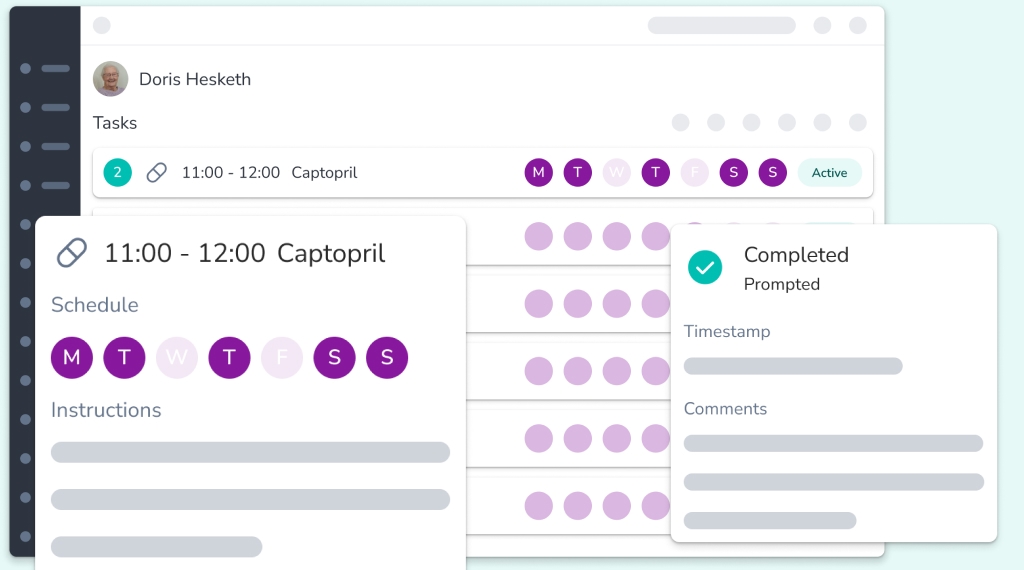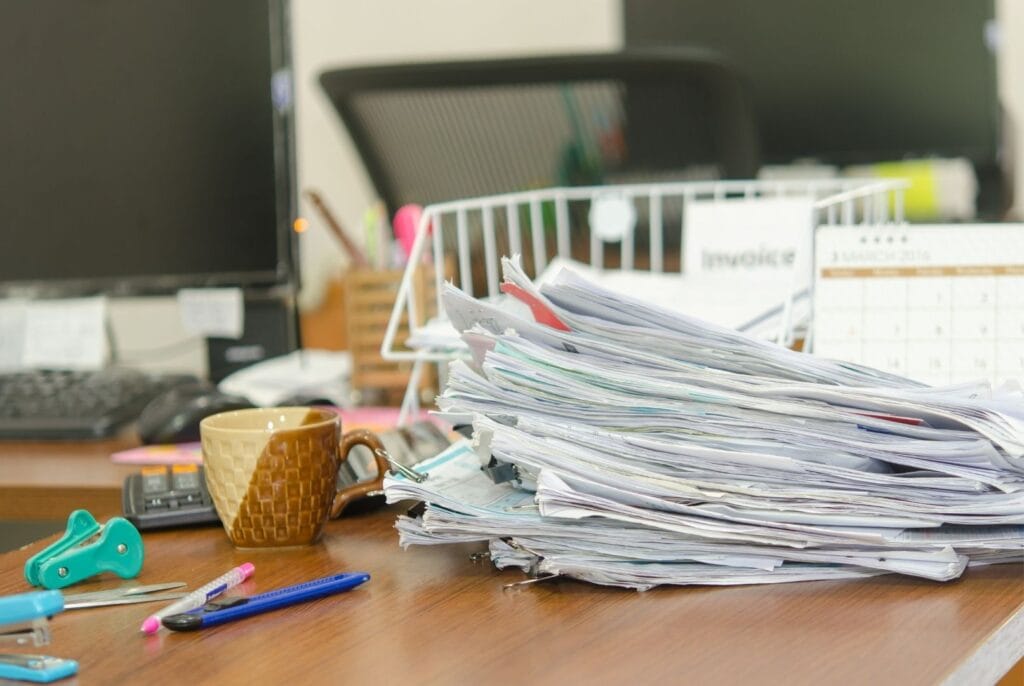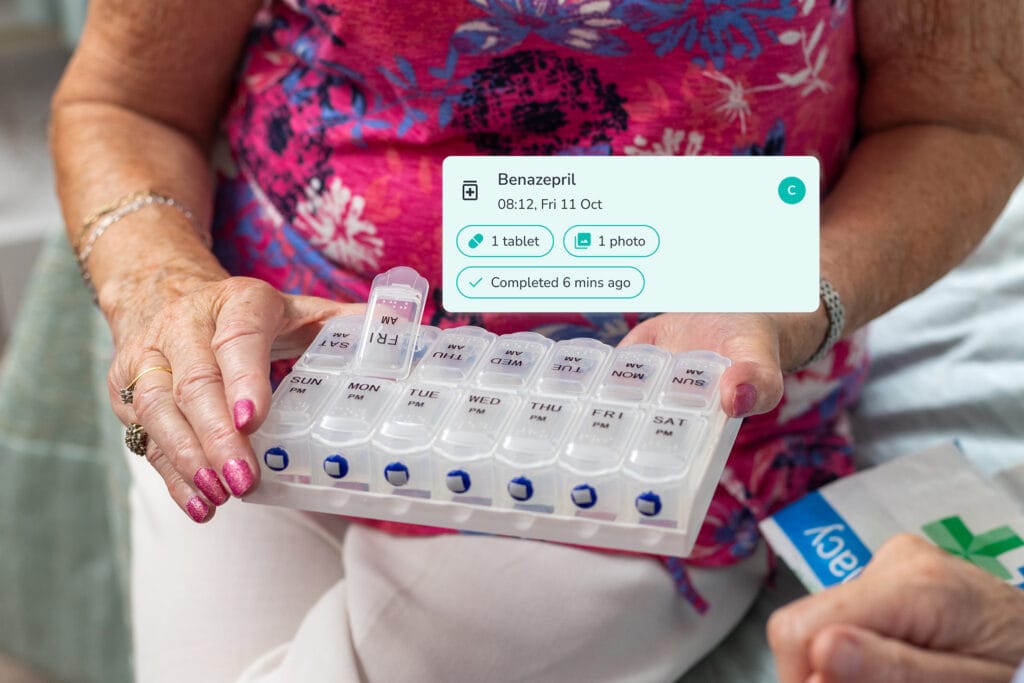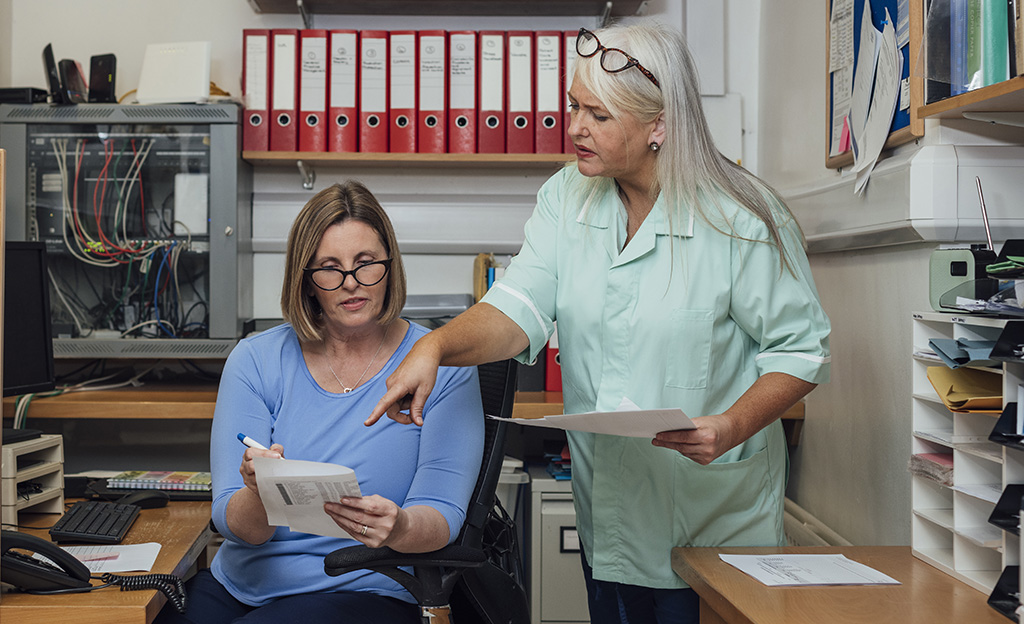Paper versus digital MAR chart

Why use eMAR instead of paper MAR charts?
The traditional use of paper Medication Administration Records (MAR) has been commonplace for many years and transitioning to electronic MAR (eMAR) can feel daunting. While some providers may argue, “If it’s not broken, don’t fix it,” adopting eMAR presents a wealth of benefits. These include real-time communication, increased time efficiency, a decrease in medication errors and overall improvement in the experiences of both staff and service users.
While it’s natural for some staff members to prefer traditional methods, the initial learning curve is brief. In our experience, employees adapt swiftly and soon recognise that the significant advantages outweigh the old paper-based processes. Recording, auditing and monitoring then become second nature, akin to riding a bike, even for those who may be less familiar with digital tools.

The key advantages of eMAR in home care: Efficiency, accuracy and cost savings
Filing cabinets can consume valuable office space as businesses expand and the risk of misplacing paper documents adds to the challenges. Additionally, the expenses related to purchasing stationery supplies including, paper, files, printers, ink, pens and the resources spent on auditing and monitoring paper MAR can be significant. The resource and environmental costs associated with modifying paper MAR charts and collecting them for audits are substantial, contributing to an ongoing and escalating financial burden. eMAR effectively lowers outgoing costs by automating processes, freeing up resources and minimising medication errors.

How eMAR reduces medication errors in home care settings
In a typical eMAR system:
Every year, England witnesses over 237 million medication errors, a staggering statistic. The prevalence of these mistakes in home care is particularly concerning, with common issues including incorrect dosages, missed doses, administering the wrong medication and providing medication at the wrong time or through an incorrect route. This situation can result in harmful outcomes and safeguarding issues that affect the health and well-being of individuals who rely on safe medication management.
Medication errors can happen at any time, day or night. With services operating beyond the traditional 9 to 5 hours, communication must remain swift and actionable. Paper-based systems delay responses and limit oversight – particularly for on-call staff during evenings, weekends and nights.
eMAR, in contrast, is accessible on multiple devices around the clock, empowering users to raise concerns in real-time and receive immediate alerts for any missed errors.
Paper-based MARs are notoriously challenging to monitor due to several inherent issues, such as susceptibility to errors, illegible handwriting, frequently outdated information and significant delays in updating records or passing on paper copies. In contrast, eMAR systems enhance accuracy by leveraging automation and providing real-time updates, thereby significantly reducing the likelihood of errors.
Data security

Regulatory compliance
Auditing, retrieving and managing paper MAR charts is often time-consuming and resource-intensive. This traditional method increases the risk of incomplete or missing records, with medication errors potentially going undetected for extended periods. In today’s technological landscape this certainly does not have to be the case.
Maintaining compliance is crucial. With real-time, accurate data, managers gain confidence in their medication management practices. Regulatory inspections become streamlined, as up-to-date records and detailed reports are instantly accessible at the click of a button.
Transitioning from paper MAR Charts to eMAR systems for improved efficiency and safety
While traditional paper MAR charts offer familiarity, their limitations in terms of efficiency, accuracy, security and compliance make them increasingly obsolete. eMAR systems address these challenges, dispel common myths and offer significant long-term advantages for both staff and client safety.
Data security
Paper MAR charts are extremely susceptible to breaches of data security, putting vulnerable people at risk. This is primarily due to human error. For instance, client information may be left exposed in unlocked cabinets, staff cars and homes, rendering it liable to loss, damage or more seriously, breaches of data protection. Another critical area of vulnerability lies in the transfer of data between stakeholders. It is not uncommon for paper records to be misplaced, leading to sensitive information falling into the wrong hands, amongst other issues.
CareLineLive’s Director of Development, Dec Norton maintains a strong and unwavering stance on data security and states in his article How CareLineLive keeps your data safe and secure:
“As we’re dealing with highly sensitive data, security is a top priority for us. I’m proud to say that we’ve never been subject to a security incident thanks to the protections and mitigations that we have in place.”
eMAR undeniably offers significantly improved data protection, along with comprehensive audit trails that are both dated and timestamped. Most importantly, it ensures secure access to data.

What CareLineLive customers say
Customer Interview